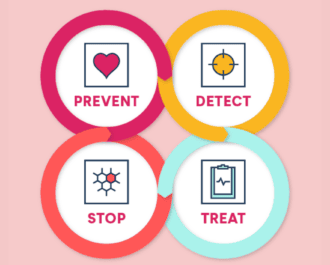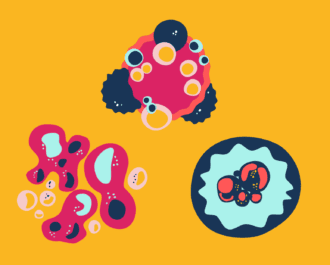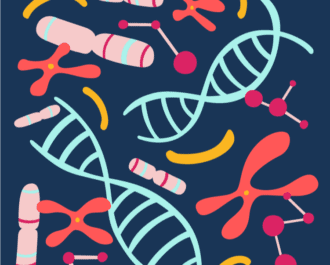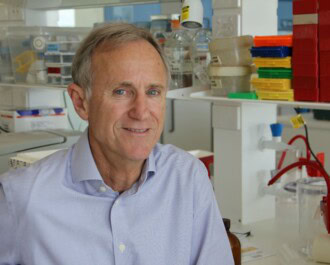
Breast cancer is the most common female cancer in Australia. Most patients diagnosed with early stage breast cancer are successfully treated with a combination of surgery, chemotherapy, hormone therapy or radiotherapy. Despite this, not all patients respond well to treatment. However, it is currently very difficult to predict and follow treatment responses over time, hence new approaches are urgently required to predict and monitor treatment progress of each individual patient.
One such approach is a “liquid biopsy” or a blood test. Liquid biopsies can allow scientists to measure the incredibly small amounts of DNA shed by the cancer tumour into the patient’s bloodstream. This is known as circulating tumour DNA (ctDNA) and can be used as a biomarker to monitor patient response to treatment. Importantly, this may enable the treatment team to tailor treatment regimes to individual patients.
Professor Sarah-Jane Dawson, at the Peter MacCallum Cancer Centre, has recently been a part of an international trial investigating the use of ctDNA for patients being treated for early HER-2 breast cancer. About 15 – 20% of breast cancers are positive for the human epidermal growth factor (HER2) protein and, until now, effective strategies to monitor real-time treatment responses in these patients have been limited.

Professor Sarah-Jane Dawson
In the new study , blood samples were taken from patients before, during and after preoperative (neoadjuvant) anti-HER2 targeted therapy. The researchers found that those women with no measurable ctDNA in their bloodstream before treatment had the best outcomes. In contrast, women with persistent ctDNA through treatment had inferior responses to the neoadjvuant therapy. This suggests that this simple blood test could be used to predict the success of neoadjuvant anti-HER2 therapy for treating early HER2-positive tumours. Excitingly, this approach may be used in the future to assist clinicians in tailoring and optimising treatment regimes to individual patients with early HER2 breast cancer.
“Monitoring patients using this strategy may avoid overtreatment in patients at lowest risk and enable doctors to recommend more intensive approaches in patients with suboptimal responses to neoadjuvant therapy,” said Professor Dawson.
The study was proudly supported by the NBCF, the Breast Cancer Research Foundation and the Les Amis de Bordet Foundation.
More News Articles
View all News


